 I am using cv2.houghlinesP, and I have seen a lot of people passing an empty array in the arguments.
I am using cv2.houghlinesP, and I have seen a lot of people passing an empty array in the arguments.
It goes something like -
lines = cv2.HoughLinesP(img, rho, theta, threshold, np.array([]), minLineLength=min_line_len, maxLineGap=max_line_gap)
What role does np.array([]) play here?